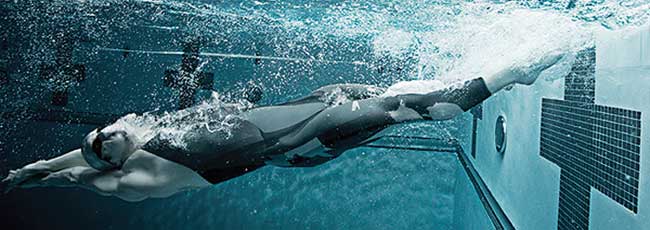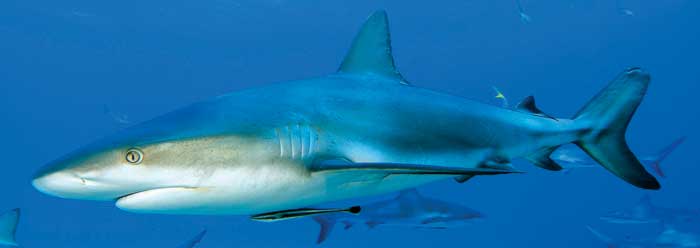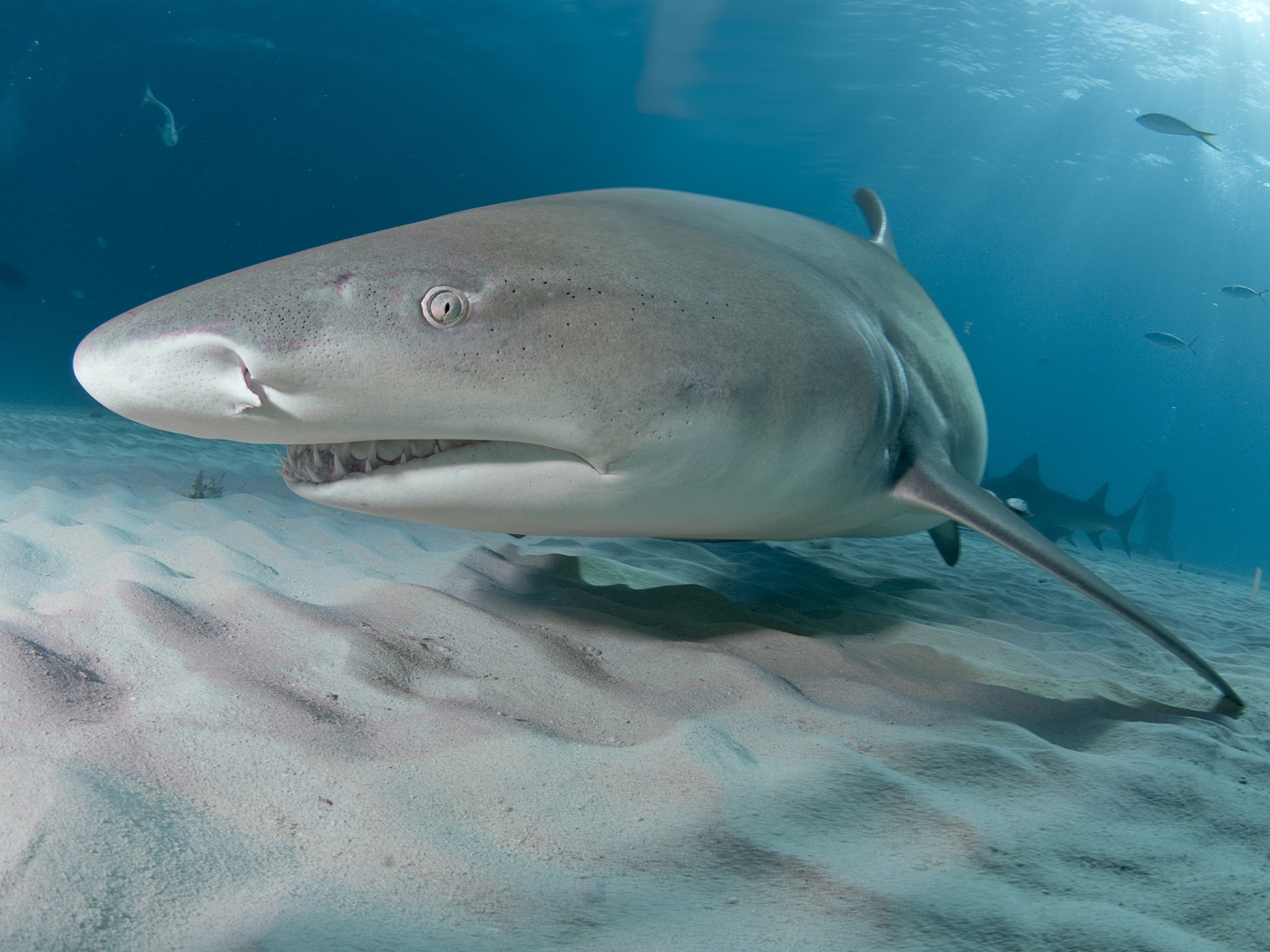A new wave in biology is biomimicry, people imitating those structures or processes that are found in nature. The secular scientist may not be aware of it, but embracing biomimicry is evidence that he is thinking God’s thoughts—copying His living world. (Biomimicry is not to be confused with biological mimicry, i.e., Batesian mimicry and Mullerian mimicry.) Scientists have become active in copying “mother nature” and have produced designs that—although amazing—still fall short of the real thing. Examples from the living world are numerous, evidenced by how often these scientists refer to design. For example, the large Arapaima fish of Brazil has “intricately designed scales,” perhaps giving “bioinspiration” for engineers as they seek to develop flexible ceramics.1
Popular diving watercraft called Seabreachers are designed after the sleek water dynamic shapes of killer whales, dolphins, and sharks.2 God designed the whale to be incredibly agile for its size, and researcher Frank E. Fish attributed the remarkable agility to the characteristic dome-like bumps called tubercles on the leading edge of humpback whales’ flippers. This has inspired what Dr. Fish and technologists are calling “tubercle technology” or the “tubercle effect.”3 Massive wind turbine blades with tubercles on the leading edge have increased yearly electrical production by 20 percent while significantly reducing noise. The blade construction of other machines such as fans, pumps, compressors and turbines could now incorporate this efficient and reliable design feature that God thought of first.

On the microscale, rough shark skin is designed to smooth the water flow over the shark. Researchers figured this out and Olympic records were broken in 2000 when swimmers wore suits designed after the “dermal denticles” (skin teeth) of sharks. Like the shark, Olympic swimmers were able to swim slightly faster and with less effort because of the design of their swimwear. Indeed, 80 percent of medals were won by swimmers wearing these unique suits.4
Birds and fish are designed by the Creator to change the angle of their wings and fins depending on duration and speed. Birds especially are designed to maintain constant flight speeds over long distances. In 2004 Penn State University scientists took the wing design of long-distance birds to develop an amazing morphing airplane wing. Interestingly, the wing would be covered with an outer skin much like fish scales. The compliant wing with a special understructure would lead to more rapid flights with less fuel consumption.
In 1941 Swiss inventor George de Mestral noticed that his dog collected burrs in its fur easily. He looked at the burr structure under the microscope to see huge numbers of tiny hooks that could catch on anything from hair to clothing. Velcro was born.
We are all familiar with the life-saving property of blood clotting (a rare example of positive feedback in biology) in people and animals. This God-designed method has been copied for use in aircraft composite material. Composites are fiber-reinforced polymers with tiny hollow tubes filled with epoxy resin. When aircraft skin is overly stressed, a crack or a hole appears and the resin leaks out. The blemish is sealed and the material returns to 85 percent of its original strength.5
We enjoy watching clips of gravity-defying geckos as they effortlessly scurry across ceilings and walls.6 In the 21st century more applications are being devised from gecko feet technology, including adhesive tape that could improve recovery from surgery and make more robust and longer-lasting surgical materials, patches, and bandages.
When we see the application of design features borrowed from the living world—let’s not make the mistake of thanking “mother nature” (the creation), but instead, let’s give glory to God (the Creator).
References
- Newcomb, A. Could a Piranha-Proof Fish Help The Military? ABC News. Posted on abcnews.go.com February 19, 2012.
- Seabreacher. Posted on Seabreacher.com/watercraft
- Wind Energy Institute of Canada. 2008. Whalepower Tubercle Blade Power Performance Test Report. Posted on www.whalepower.com
- 7 Amazing Examples of Biomimicry. Posted on www.mnn.com
- Demerjian, D. Airplane Heal Thyself? Self-Repairing Aircraft Could Improve Air Safety. Wired. Posted on www.wired.com May 20, 2008.
- Sherwin, F. 2005. Tiny Machines, Eiffel Tower, and Gecko Feet. Acts & Facts. 34(12).
* Mr. Sherwin is Research Associate, Senior Lecturer, and Science Writer at the Institute for Creation Research.
Cite this article: Sherwin, F. 2012. Technological Innovations from the Creator. Acts & Facts. 41 (4): 15.














